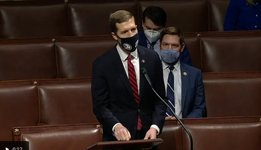
Rep Conor Lamb (D-PA) pointed out that the Pennsylvania election in November was carried out under a law crafted and passed by the Republican-led state legislature, and that some Republican candidates got more votes than Donald Trump did... on the same ballot and with the same voters. He pointed out that there were cameras, and observers, and that the election had been heavily scrutinized without finding evidence of any voter fraud that would have changed results. He points out that he presents these facts for the people of America, because he knows the Republicans in Congress, many from other states, are not interested in the truth but rather in cynically advancing a narrative that they know is not true and that caused the attack on the Capitol on Wednesday.
https://www.washingtonpost.com/video/politics/democrat-rep-conor-lamb-blames-capitol-violence-on-gop-election-lies/2021/01/07/a5ead590-1066-4564-a689-0a51778c3514_video.html
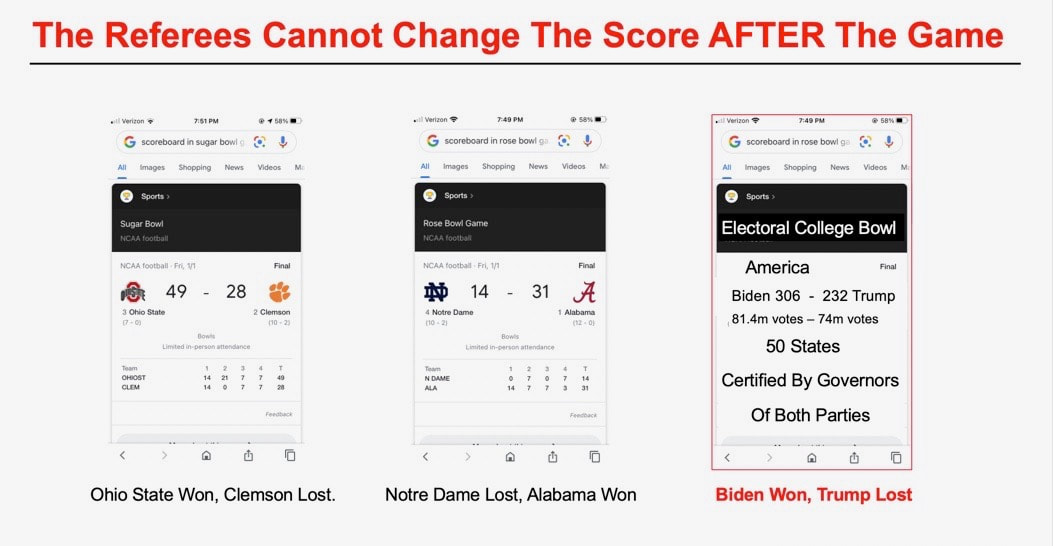
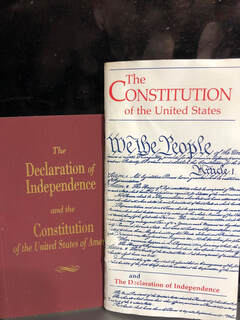
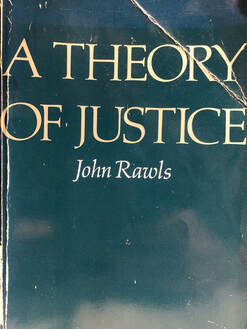



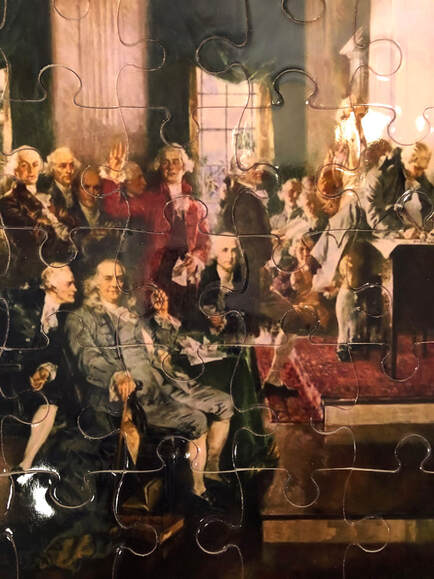
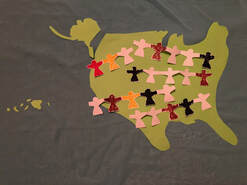
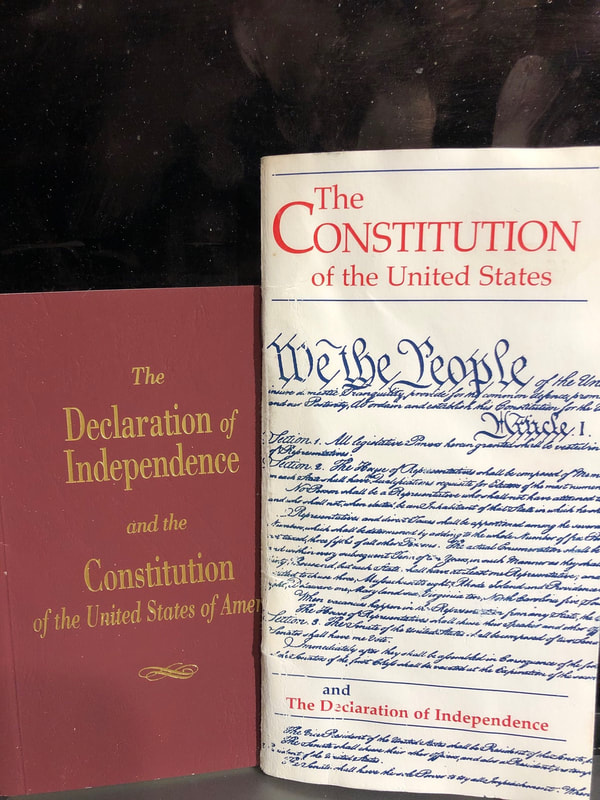
 RSS Feed
RSS Feed
